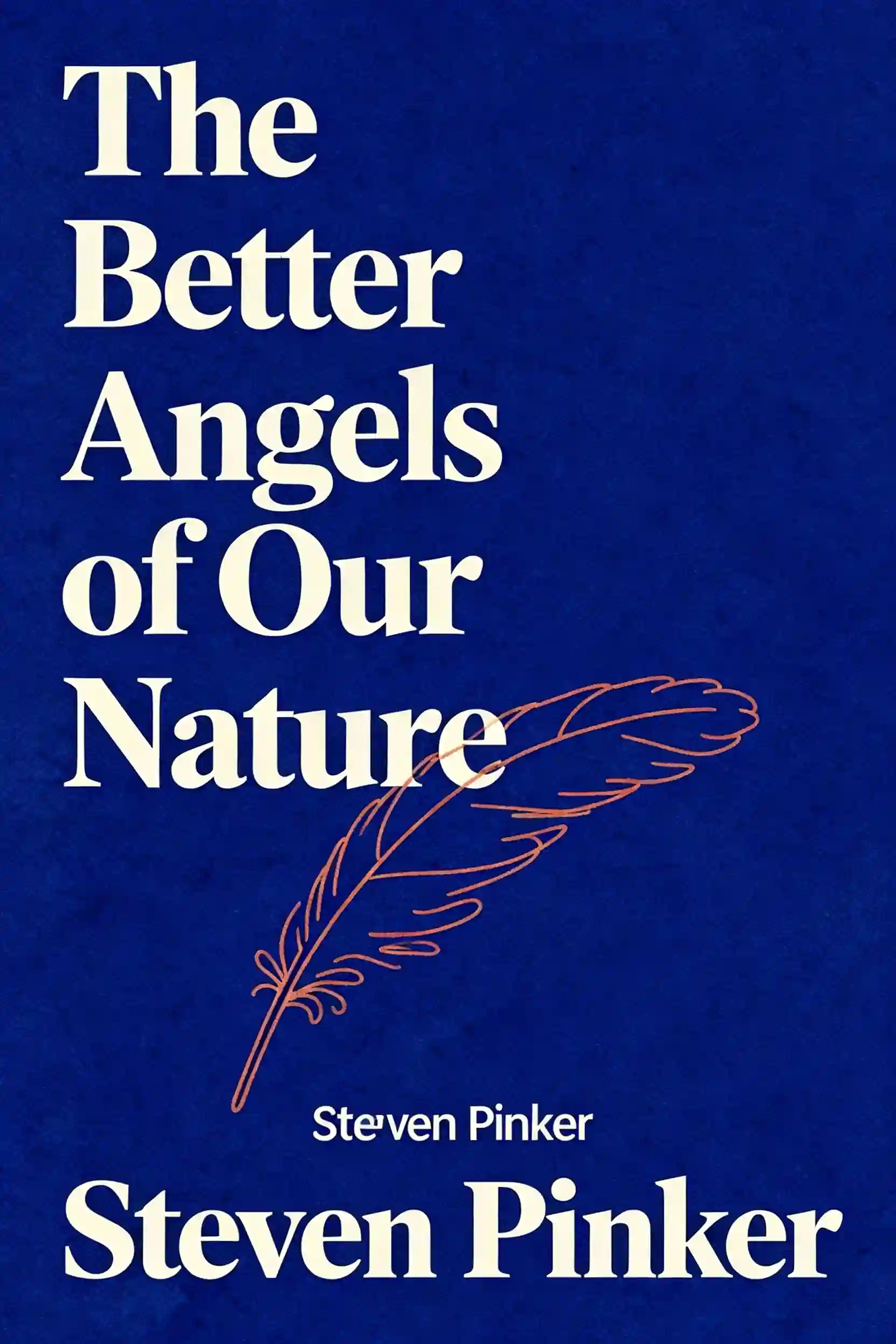The Better Angels of Our Nature by Steven Pinker

Overview of The Better Angels of Our Nature
Violence is declining across human history. In "The Better Angels of Our Nature," Steven Pinker presents compelling data challenging our perception of increasing danger. Bill Gates called it "the most inspiring book I've ever read." What counterintuitive forces are actually making humanity safer?
About its author - Steven Pinker
Steven Arthur Pinker, bestselling author of The Better Angels of Our Nature: Why Violence Has Declined, is a cognitive psychologist and leading authority on language, human nature, and societal progress. Born in Montreal in 1954 and educated at McGill and Harvard, Pinker’s work bridges psychology, history, and Enlightenment philosophy, exemplified by his Pulitzer Prize-finalist explorations of violence reduction and rational optimism.
A Harvard professor and MIT alum, he’s shaped public discourse through groundbreaking books like The Language Instinct and Enlightenment Now, alongside TED Talks and columns for The New York Times.
The Better Angels of Our Nature synthesizes Pinker’s research on cognitive science with historical analysis to argue that humanity has grown less violent through reason and cooperation. His ideas have influenced figures like Bill Gates, who called it “the most inspiring book I’ve ever read.” Pinker’s other works, including How the Mind Works and The Blank Slate, further examine human behavior through evolutionary psychology.
Translated into over 30 languages, Pinker’s books have sold millions worldwide. The Better Angels of Our Nature remains a cornerstone of debates on human progress, cementing his reputation as a defining thinker of 21st-century intellectual culture.
Key Takeaways of The Better Angels of Our Nature
- Violence has declined through six historical shifts from tribal warfare to modern human rights.
- Empathy and reason counterbalance humanity’s evolutionary “inner demons” like dominance and revenge.
- Stable governments reduce violence by replacing anarchic self-help justice with legal systems.
- The printing press enabled humanitarian ideals to spread and curb systemic brutality.
- Commerce and trade incentivize cooperation over conquest as a survival strategy.
- Expanding moral circles extend empathy beyond tribes to global and interspecies levels.
- Ideologies often start humane but risk justifying violence through utopian purity.
- The Flynn Effect shows rising IQ correlates with better conflict resolution skills.
- Modern media exaggerates perceived violence despite living in history’s most peaceful era.
- Self-control and moral norms suppress impulsive violence more effectively than biology.
- Feminization of values reduces glorification of aggression and warrior mentalities.
- Pinker argues declining violence stems from cultural evolution, not biological change.

























